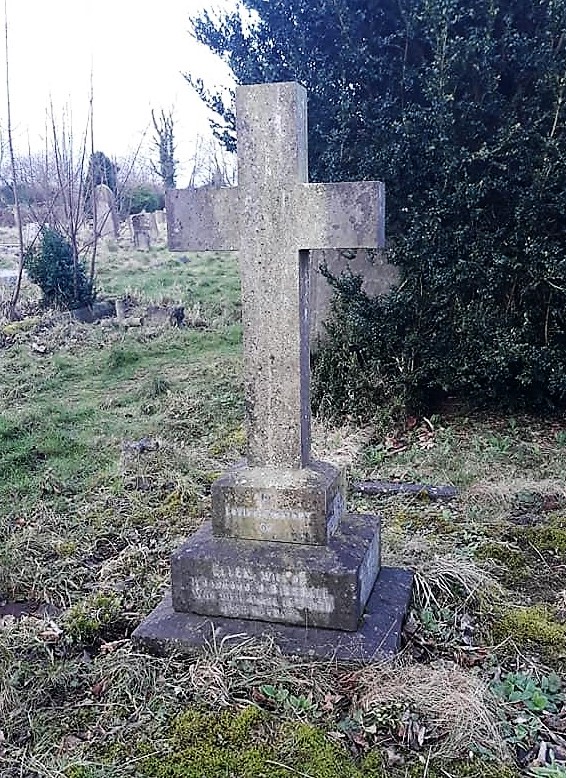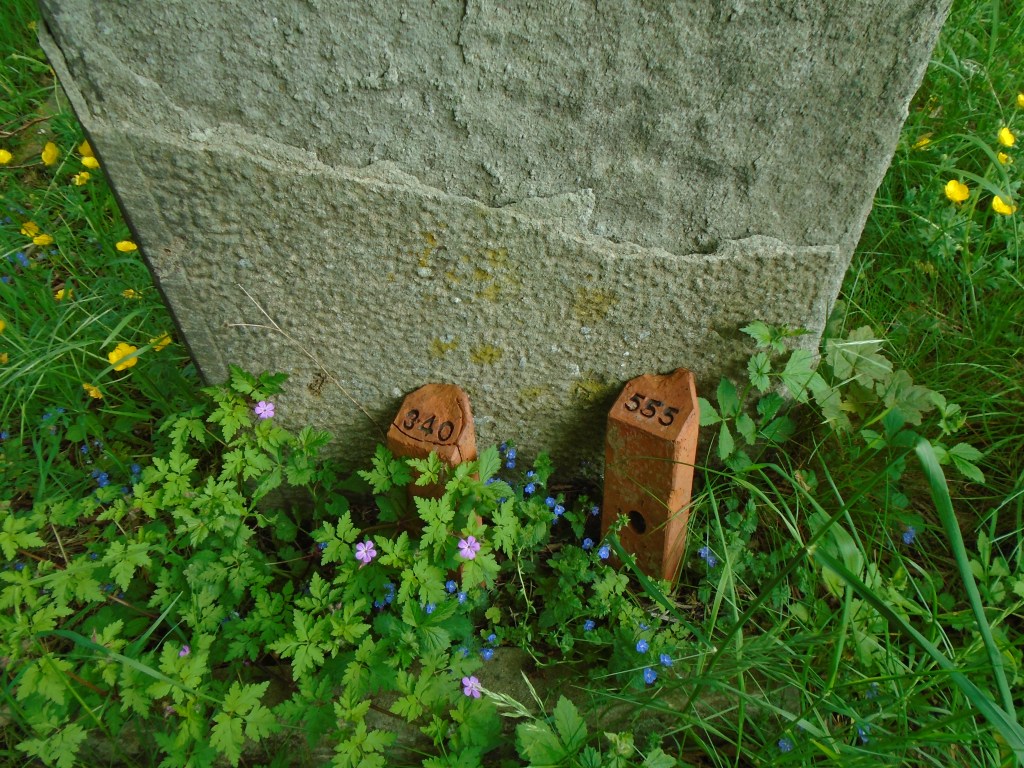
This magnificent cross is a memorial to members of the Dibsdall family.
Susan Dibsdall is the first member of the family to be buried here. Susan was baptised on November 8, 1809 one of James and Susanna Pope’s six children to be baptised in the parish church at Sherborne, Dorset. Susan married Thomas Dibsdall at the parish church in Bedminster on May 13, 1830.
At the time of the 1841 census the couple were living in Cheap Street, Sherborne with their seven children where Thomas worked as a smith. By 1851 they were living in the Parade, Sherborne where the couple’s eldest three sons, Thomas, Charles and William, worked alongside their father as smiths. The family now comprised 11 children, but Thomas would die shortly after the census was taken that year.
In 1861 Susan was living at Green Hill with her two youngest sons Henry and Godfrey. Ten years later she was working as a housekeeper for Mary Thomas, described on the census as ‘Lady’.
By 1881 she had left Sherborne, her home for more than 60 years, to live with her son Woodford Dean Dibsdall. Woodford, who was married with his own large family, had lived for a few years in Camberwell. It is thought he moved to Swindon and a job in the Works in about 1874.
The Dibsdall family have a double size burial plot in Radnor Street Cemetery and a large memorial. Edward Dean Dibsdall died in the University Hospital London aged 19 and was buried on April 30, 1902 alongside his grandmother Susan in plot E7039. Ellen, Woodford’s wife, died in 1920 aged 81 years and Woodford in July 1928 aged 83. They are buried together in plot E7040.
Susan Dibsdall – Personal Estate £966 3rd August.
The will as contained in Writings A and B of Susan Dibsdall late of 8 Vilett Street New Swindon in the County of Wilts Widow who died 1st January 1882 at 8 Vilett Street was proved at the Principal Registry by Thomas Dean Dibsdall of 28 Lambeth road Lambeth in the County of Surrey Blacksmith Henry Pope Dibsdall of 22 Denmark Street St Giles in the Fields in the County of Middlesex Carpenter and Woodford Dean Dibsdall of 8 Vilett Street Engine Fitter the Sons the Executors
Dibsdall, Woodford Dean of 4 Sheppard Street, Swindon, Wiltshire died 18 July 1928 Probate Salisbury 20 August to Arthur George Dibsdall railway works inspector Effects £1089 12s 4d.


